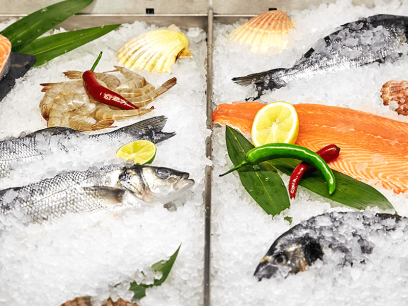Story
How to Protect the Environment During the Winter Months

Winter weather brings some unique challenges to the typical environmental issues faced by our planet, from the salt we spread on icy sidewalks to the extra energy used to heat our homes on frigid days. However, if we all take a more mindful approach this winter, it is possible to lessen our impact on the environment.
Here are a few eco-friendly tips you can use to protect the environment during the winter:
- Wear layers. Rather than raise your home’s temperature (which requires more energy use), throw on a few layers of clothes to keep you warm. Wear undershirts, sweaters, socks, and light jackets to keep you toasty. Use the same approach at night by layering blankets, comforters, and quilts on your bed. This easy practice allows you turn down your thermostat’s temperature a bit, thus saving both energy and money.
- Shovel snow before it turns into ice. Once snow becomes compacted, or when snow partially melts then freezes again, it turns to ice. Not only does ice pose a safety hazard for pedestrians (and pets) but getting rid of ice causes its own set of problems.
- De-ice with caution. Typically, you might throw salt on your sidewalks and driveway to eliminate the ice for safety reasons. But did you realize that some deicers, such as rock salt and calcium chloride, can pose a hazard to children, pets, and the environment? If you must use these materials, read package directions carefully and use only as much as needed. If possible, look for safer, eco-friendly alternatives such as sand and sawdust that apply traction to icy surfaces without using harmful chemicals.
- Switch to energy-efficient lightbulbs. Now that most of us—save only the most die-hard decorators—have packed away our holiday lights for the year, it’s a good time to turn our attention to the rest of the lights in our homes. Consider swapping out those traditional incandescent lightbulbs with more eco-friendly versions such as light-emitting diodes (LEDs), halogen incandescents, and compact fluorescent lamps (CFLs). Once you get past the sticker shock (they can initially cost more than incandescent bulbs), ENERGY STAR®-certified lightbulbs will actually last longer and could save you between $30 and $80 in electricity costs over the bulb’s lifetime.
- Don’t leave your car running long. It sure feels good to step into a warm car after “letting it heat up” for a few minutes while you wait inside the comfort of your own home. However, this practice unnecessarily increases emissions and pollution in the air. Limit idling your car to no more than three minutes at most. Better yet, just start the car and drive (with gloves, hat, and a scarf to keep you warm). Your car will warm up just a few minutes into your trip.
Check out these additional tips on home energy efficiency, including how to seal air leaks in your home.
Topics


